Our Vineyards
The heart of Stag’s Leap Wine Cellars is undoubtedly the estate vineyards, which express distinct personalities and a sense of place.
The heart of Stag’s Leap Wine Cellars is undoubtedly the estate vineyards, which express distinct personalities and a sense of place.
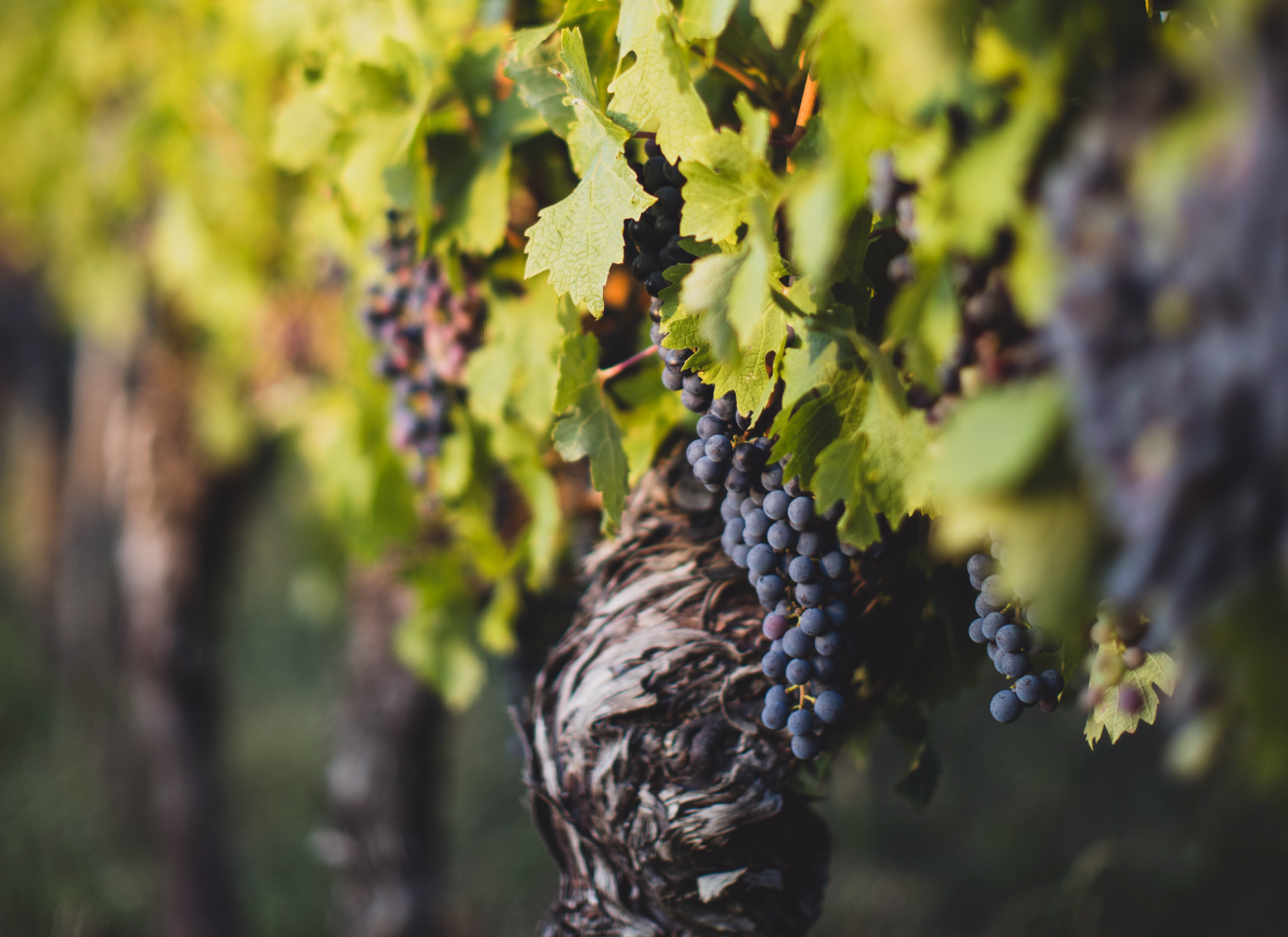
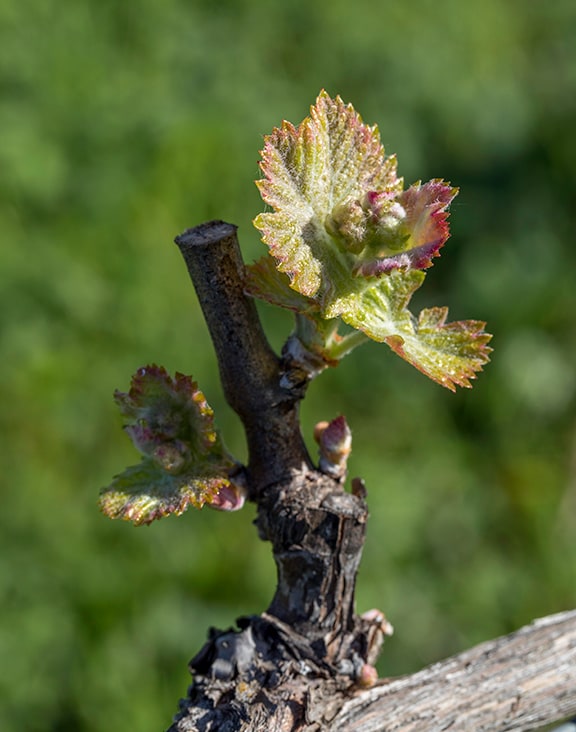
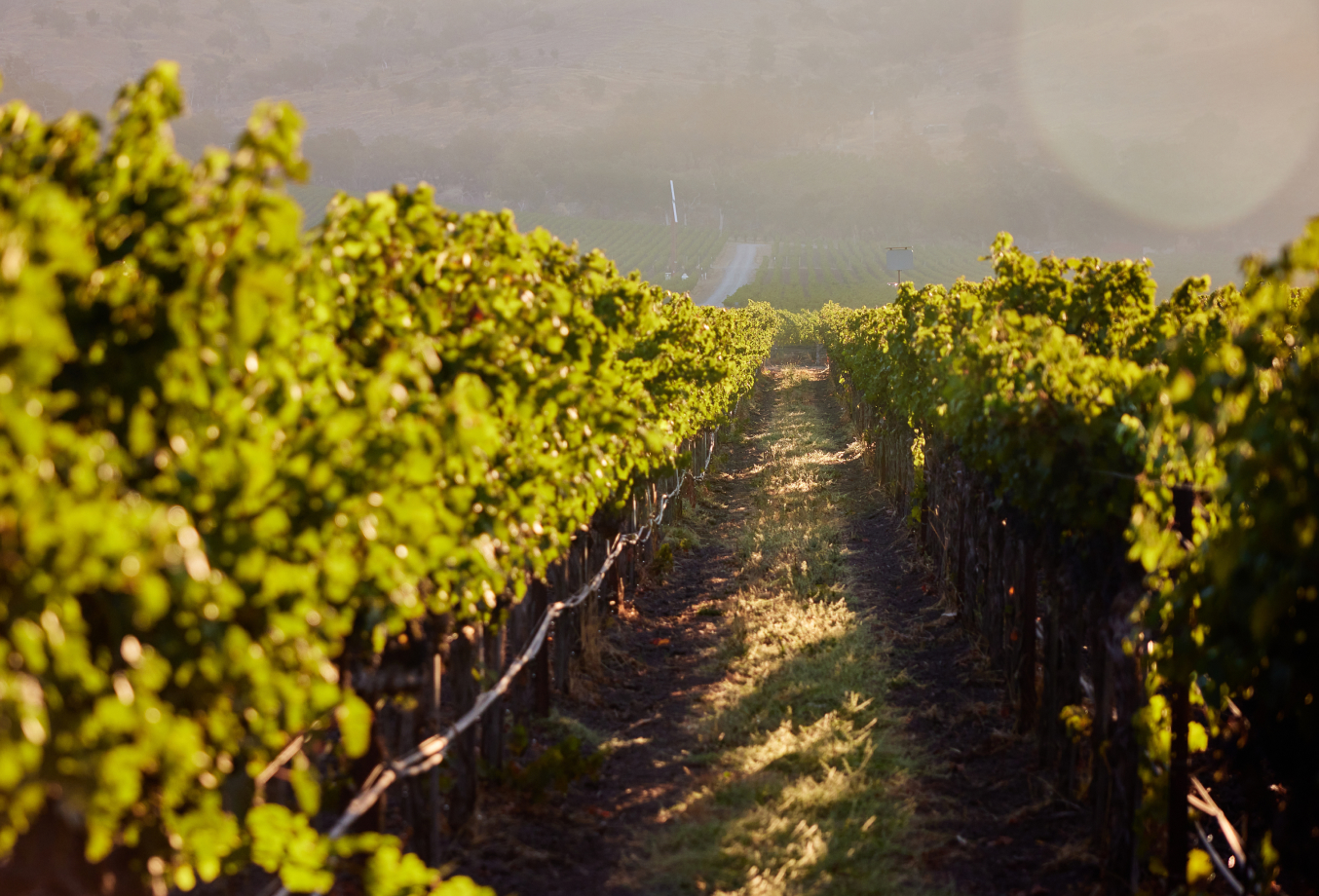
S.L.V., also known as Stag’s Leap Vineyard, is the winery’s first vineyard, planted in 1970. The vineyard is home to 35 acres of Cabernet Sauvignon and 1.5 acres of Cabernet Franc, and is composed of predominantly volcanic soils with healthy drainage. This vineyard achieved global fame when the 1973 S.L.V. Cabernet Sauvignon triumphed over Bordeaux’s First- and Second-Growth Chateaux in the 1976 Judgment of Paris blind tasting. This historic Stags Leap District vineyard continues to produce wines with complex black fruit and berry character, spicy intensity and excellent structure. Wines from S.L.V. are craft to be enjoyed upon release, but also promise long life and an exceptional ability to age.
The difference between a good wine and a great wine is in the details. Our viticultural practices are driven by extreme, even obsessive, attention to those details.
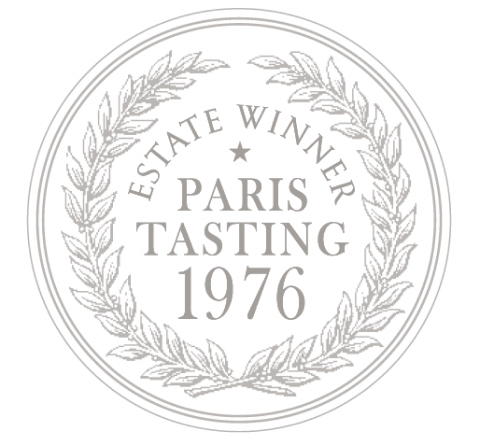
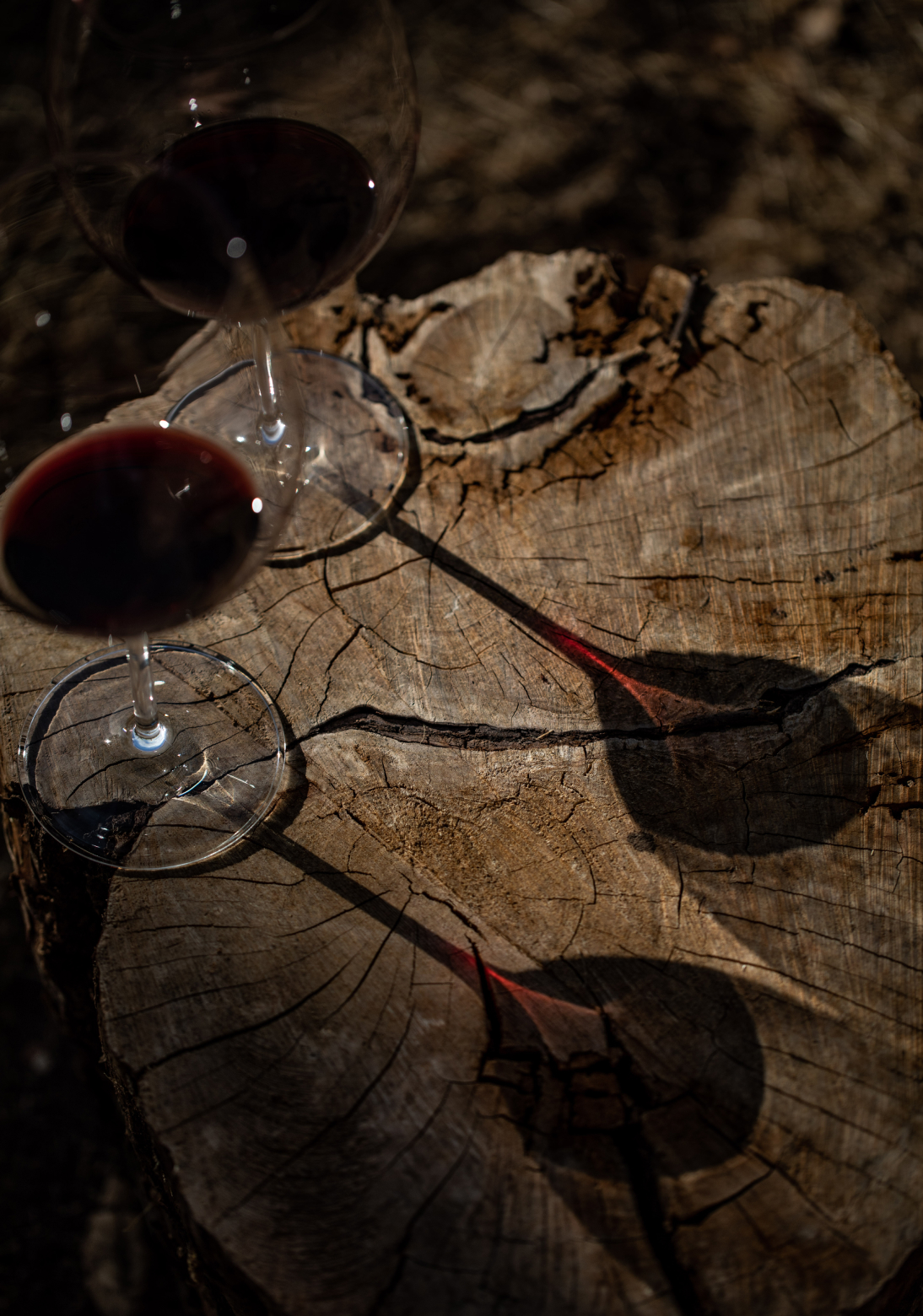
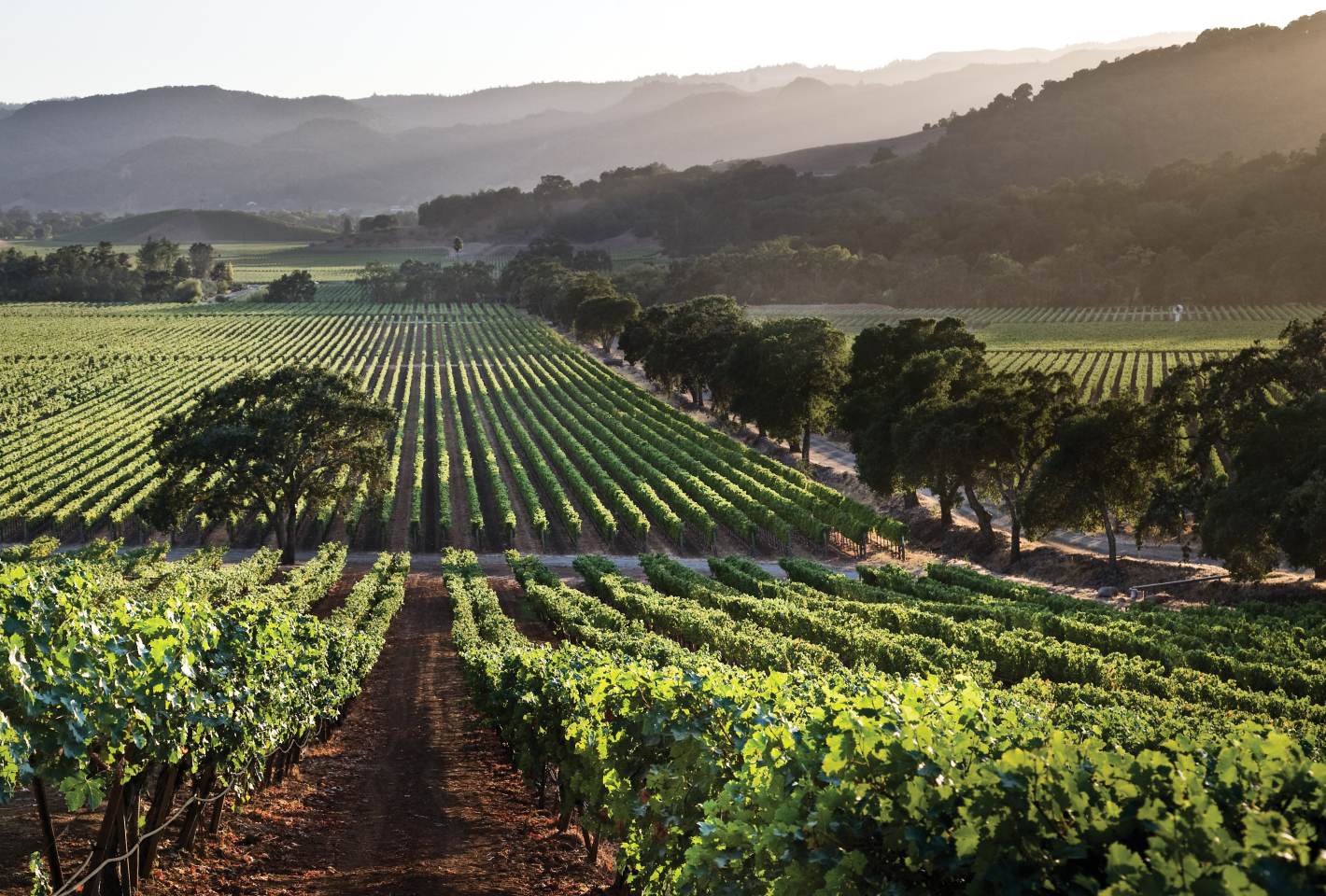
The FAY Vineyard is where the story of Stag’s Leap Wine Cellars begins. Pioneering grape-grower Nathan Fay established the FAY Vineyard in 1961. It was the first planting of Cabernet Sauvignon in what is now the Stags Leap District. Tasting Nathan Fay’s homemade Cabernet Sauvignon in 1969 was a defining moment for Warren Winiarski, founder of Stag’s Leap Wine Cellars. He could taste that wines from this vineyard would rival the best in the world and within a year, he purchased an adjoining ranch now known as S.L.V. to begin his pursuit of crafting fine wines from Stags Leap District soils. In 1986, when presented with the opportunity, Winiarski purchased Nathan Fay’s vineyard and named it FAY in his honor.
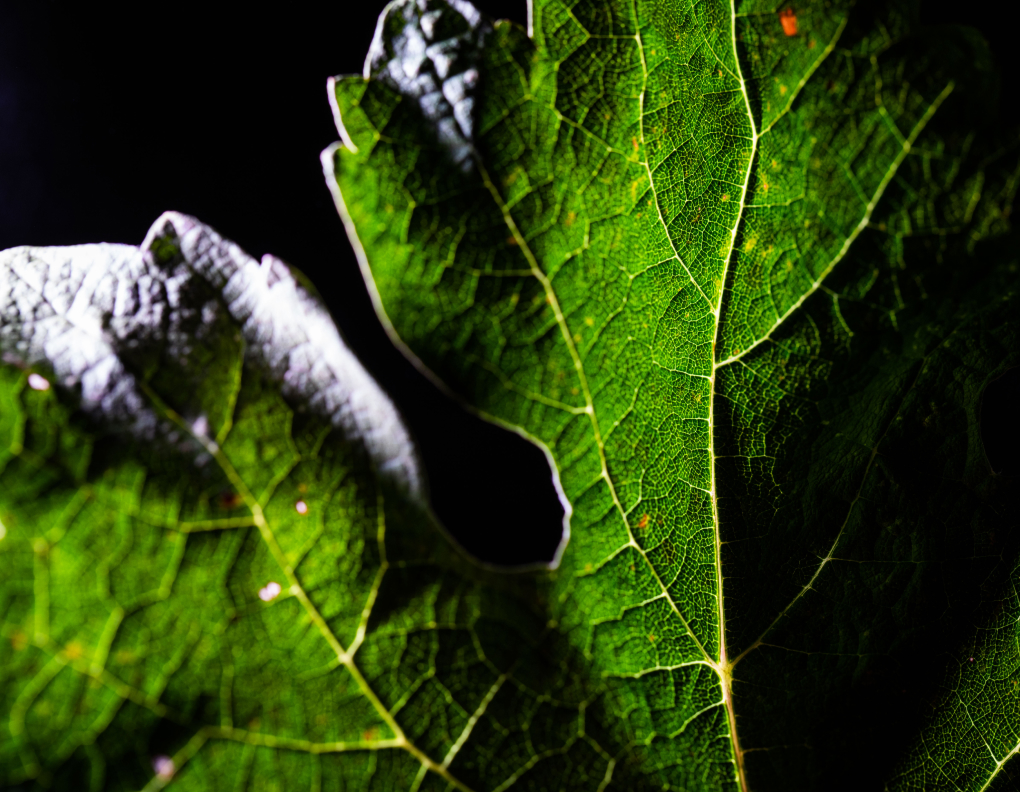
At Stag’s Leap Wine Cellars, we know that vineyard and winery choices profoundly impact the quality of our wine, the health of the environment, and the welfare of generations to come. Our goal is to ensure that these vineyards live in harmony with the natural environment surrounding them. Our farming embraces mother nature and promotes a healthy ecosystem in which our vineyards and the local flora and fauna thrive.